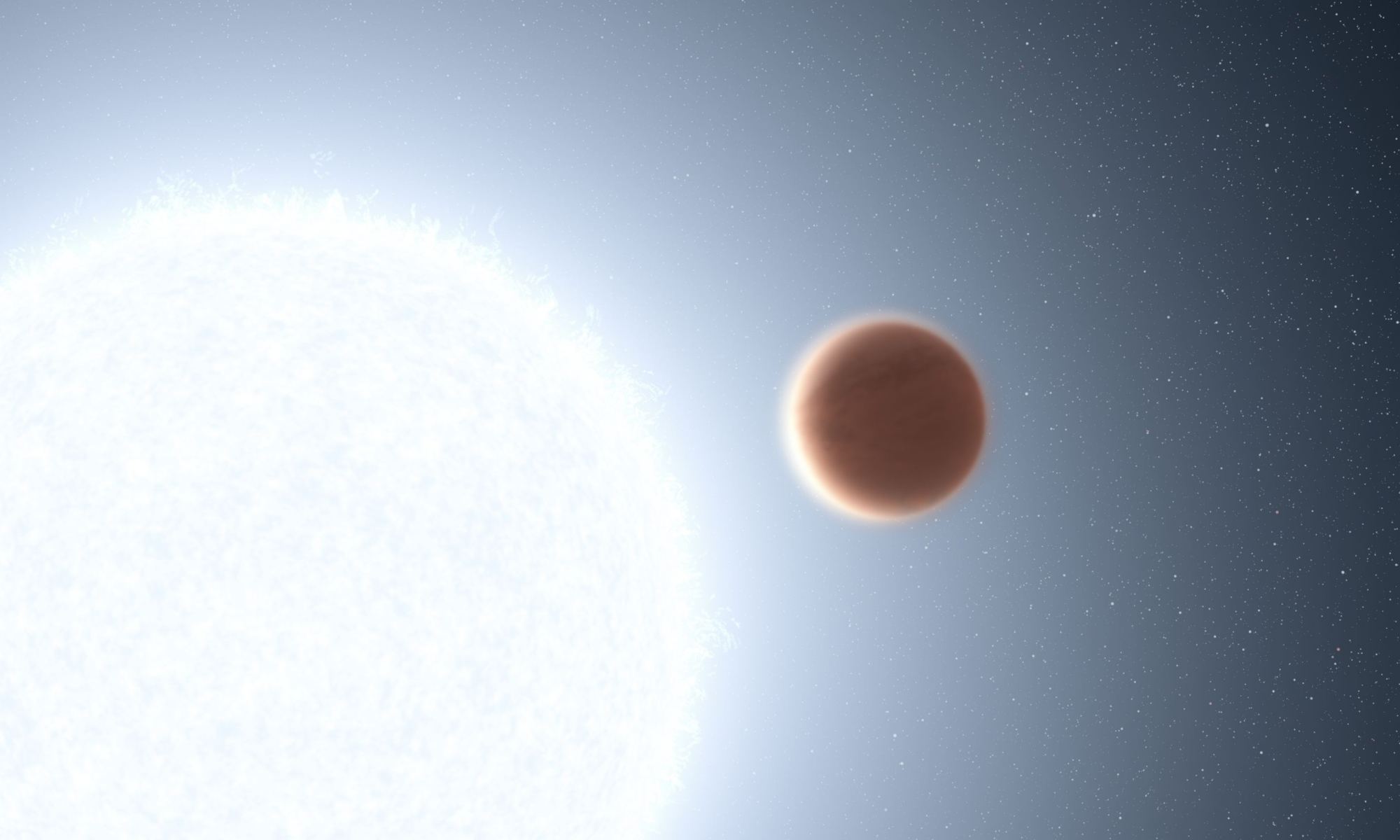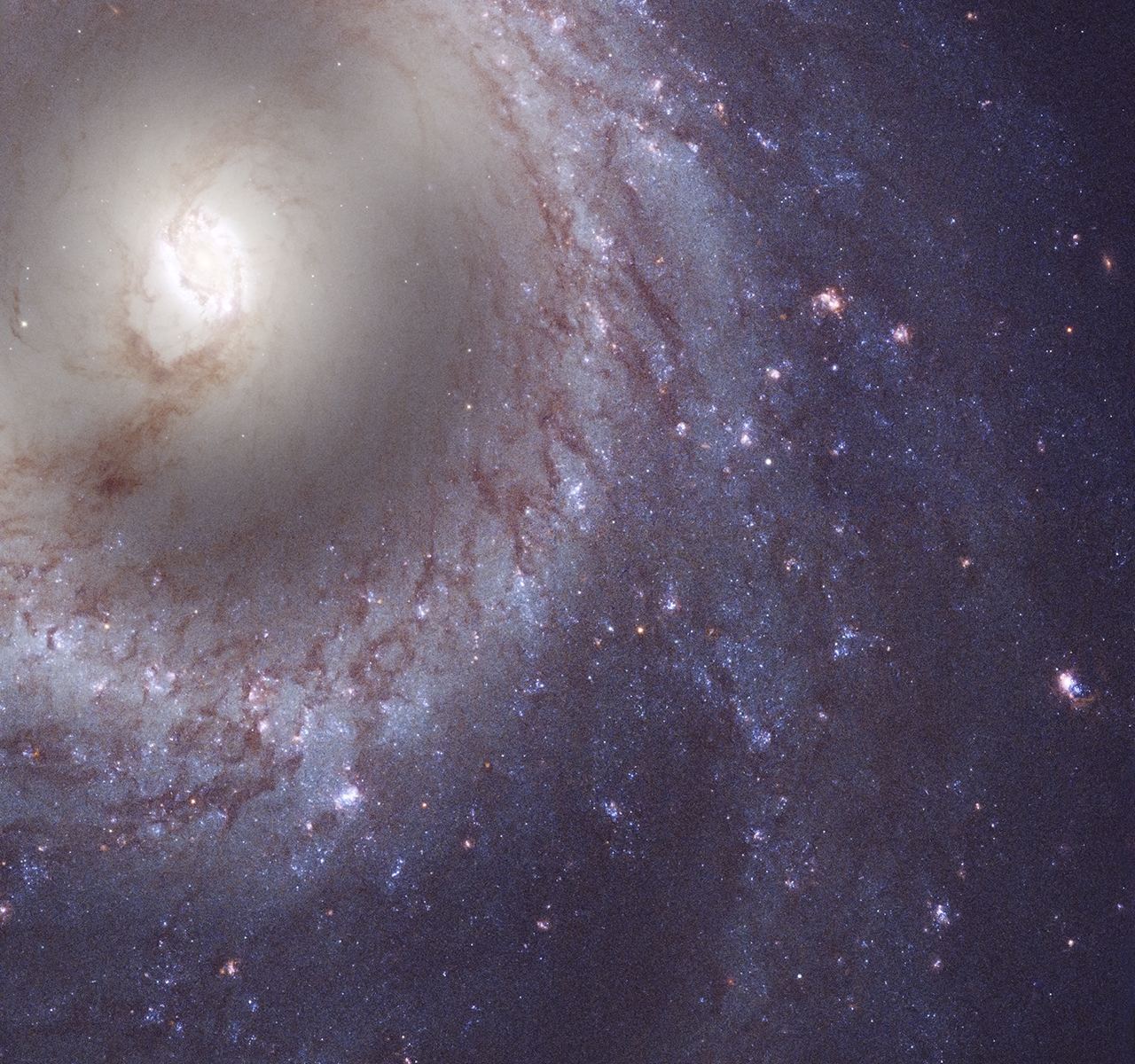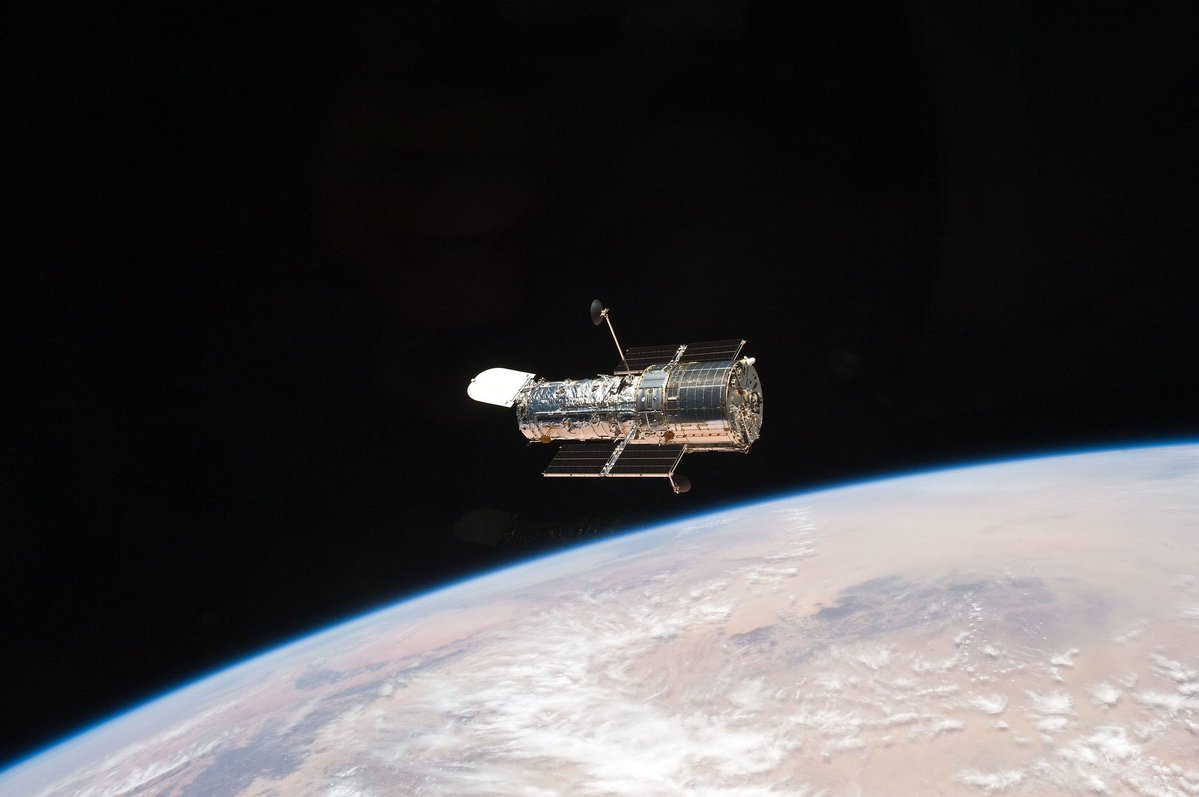While the Hubble Space Telescope celebrates 32 years in orbit, like a fine wine, it has only gotten better with age as it continues to study the Universe and teach us more about our place in the cosmos. Hubble doesn’t just take breathtaking images of our Universe, but it also studies our own solar system, galaxies, and exoplanets, as well. It is this last subject where Hubble has recently been hard at work, though.
Continue reading “Hubble Checks the Weather on Hot Jupiters. Forecast: 100% Chance of Hellish Conditions”Hubble Has Been Watching This Planet Form for 13 Years
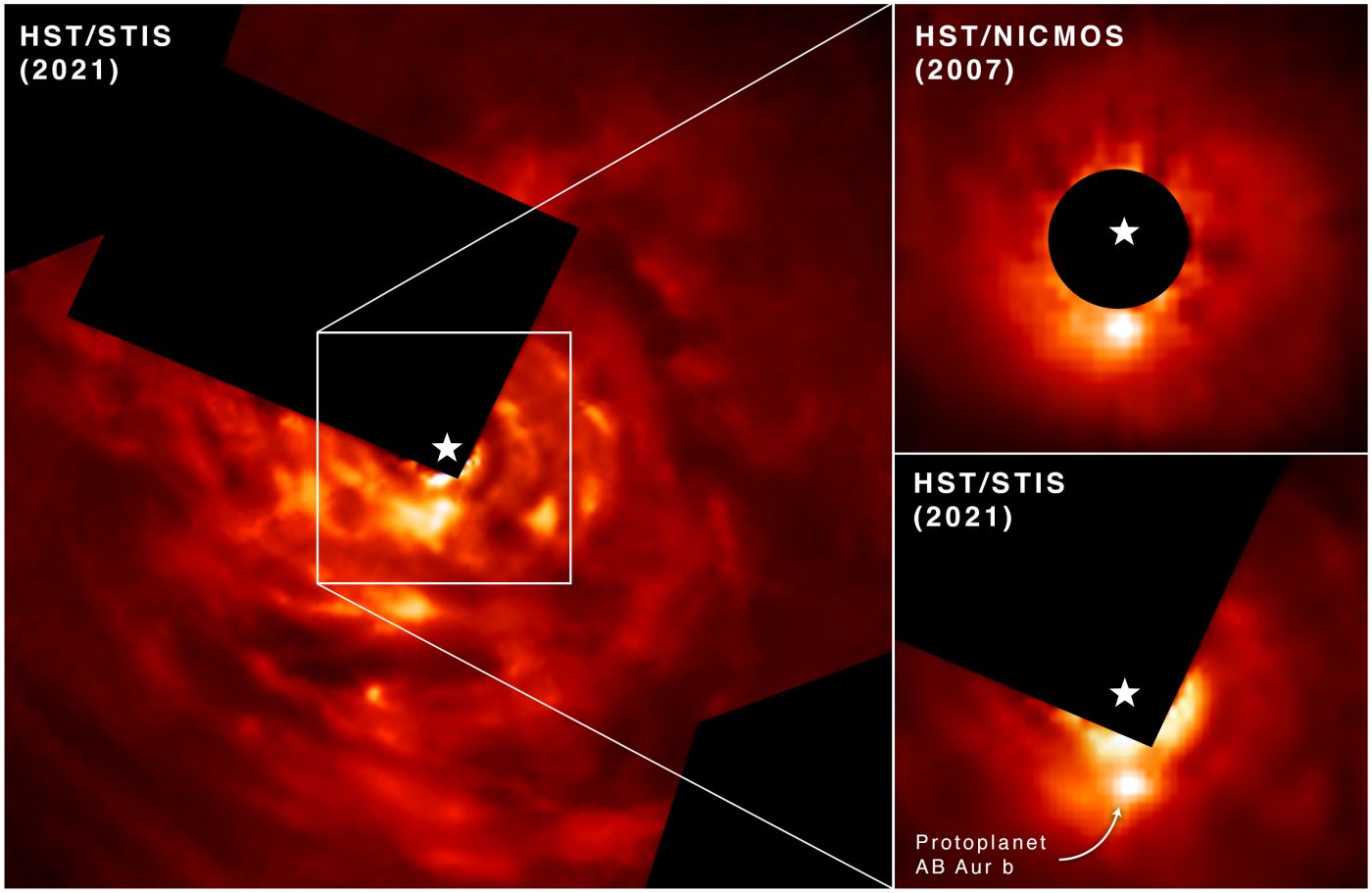
Hubble’s most remarkable feature might be its longevity. The Hubble has been operating for almost 32 years and has fed us a consistent diet of science—and eye candy—during that time. For 13 of its 32 years, it’s been checking in on a protoplanet forming in a young solar system about 530 light-years away.
Planet formation is always a messy process. But in this case, the planet’s formation is an “intense and violent process,” according to the authors of a new study.
Continue reading “Hubble Has Been Watching This Planet Form for 13 Years”NASA’s Roman Mission Might Tell Us if the Universe Will Tear Itself Apart in the Future
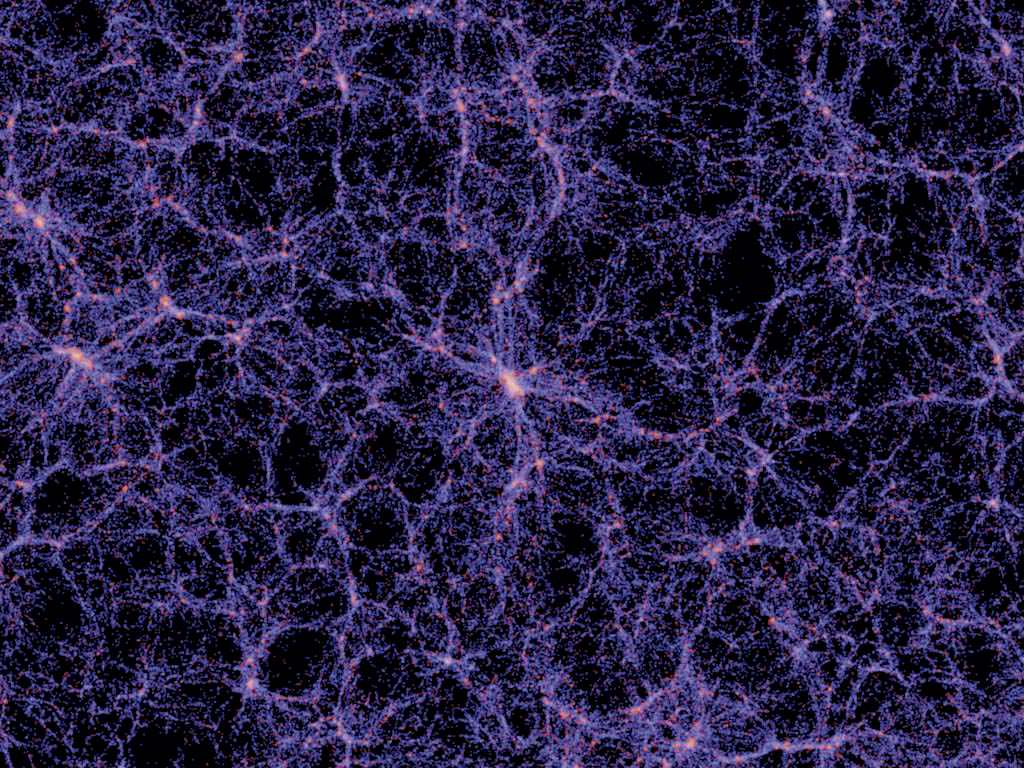
NASA’s Nancy Gracy Roman Space Telescope won’t launch until 2027, and it won’t start operating until some time after that. But that isn’t stopping excited scientists from dreaming about their new toy and all it will do. Who can blame them?
A new study examines the Roman Space Telescope’s power in detail to see if it can help us answer one of our most significant questions about the Universe. The question?
Will the Universe keep expanding and tear itself apart in a Big Rip?
Continue reading “NASA’s Roman Mission Might Tell Us if the Universe Will Tear Itself Apart in the Future”Hubble is Fully Operational Once Again
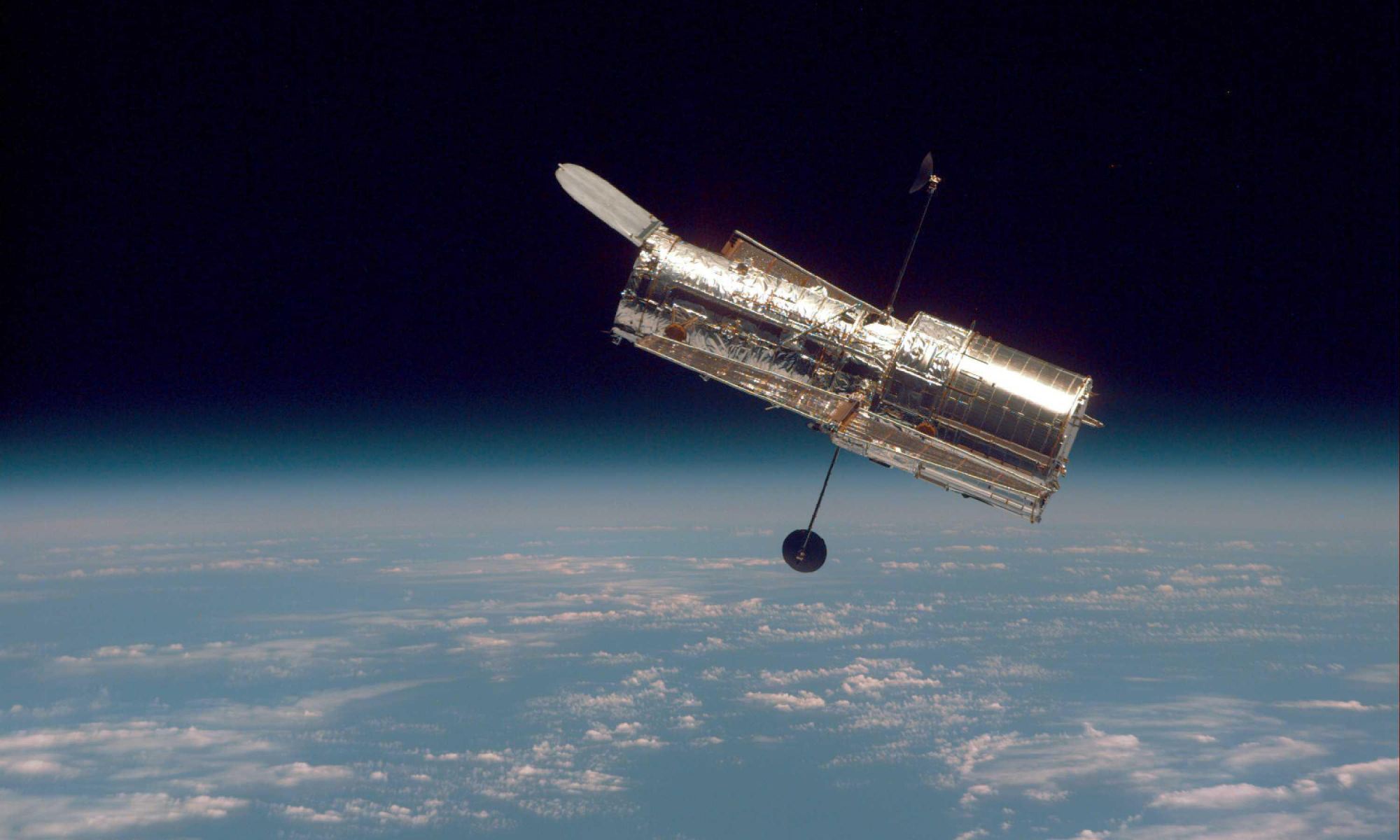
In the history of space exploration, a handful of missions have set new records for ruggedness and longevity. On Mars, the undisputed champion is the Opportunity rover, which was slated to run for 90 days but remained in operation for 15 years instead! In orbit around Mars, that honor goes to the 2001 Mars Odyssey, which is still operational 20 years after it arrived around the Red Planet.
In deep space, the title for the longest-running mission goes to the Voyager 1 probe, which has spent the past 44 years exploring the Solar System and what lies beyond. But in Earth orbit, the longevity prize goes to the Hubble Space Telescope (HST), which is once again fully operational after experiencing technical issues. With this latest restoration of operations, Hubble is well on its way to completing 32 years of service.
Continue reading “Hubble is Fully Operational Once Again”Messier 95 – the NGC 3351 Barred Spiral Galaxy
Welcome back to Messier Monday! Today, we continue in our tribute to our dear friend, Tammy Plotner, by looking at the barred spiral galaxy known as Messier 95!
During the 18th century, famed French astronomer Charles Messier noticed the presence of several “nebulous objects” while surveying the night sky. Originally mistaking these objects for comets, he began to catalog them so that others would not make the same mistake. Today, the resulting list (known as the Messier Catalog) includes over 100 objects and is one of the most influential catalogs of Deep Space Objects.
One of these objects is Messier 95 (aka. NGC 3351), a barred spiral galaxy located about 33 million light-years away. Measuring over 80,000 light-years, or 24.58 kiloparsecs (kpc) in diameter, this galaxy is one of several that fall into the M96 Group, located in the constellation Leo. This Group consists of between 8 and 24 galaxies in total and three Messier Objects: M95, M96, and M105.
Continue reading “Messier 95 – the NGC 3351 Barred Spiral Galaxy”Hubble is Back Online — Partially

The Hubble Space Telescope has been in ‘safe mode’ since October 23, with all of the science instruments offline and unavailable for observations. However, engineers have now been able to bring one instrument, the Advanced Camera for Surveys (ACS), back online, and have restarted its science observations. NASA said engineers are still investigating the issue as the other four instruments remain offline.
Continue reading “Hubble is Back Online — Partially”Hubble Science Instruments are Malfunctioning, Putting the Telescope in Safe Mode
Hubble is getting a bit long in the tooth. Initially launched in 1990, it has been one of the most spectacularly successful orbital satellites in history. But it has also had its fair share of errors, starting almost immediately upon its launch. Now the instruments on the telescope have been operating in a “safe mode” for more than a week, and it appears that they will remain so for at least another one.
Continue reading “Hubble Science Instruments are Malfunctioning, Putting the Telescope in Safe Mode”Nancy Grace Roman Just Passed a Critical Design Review
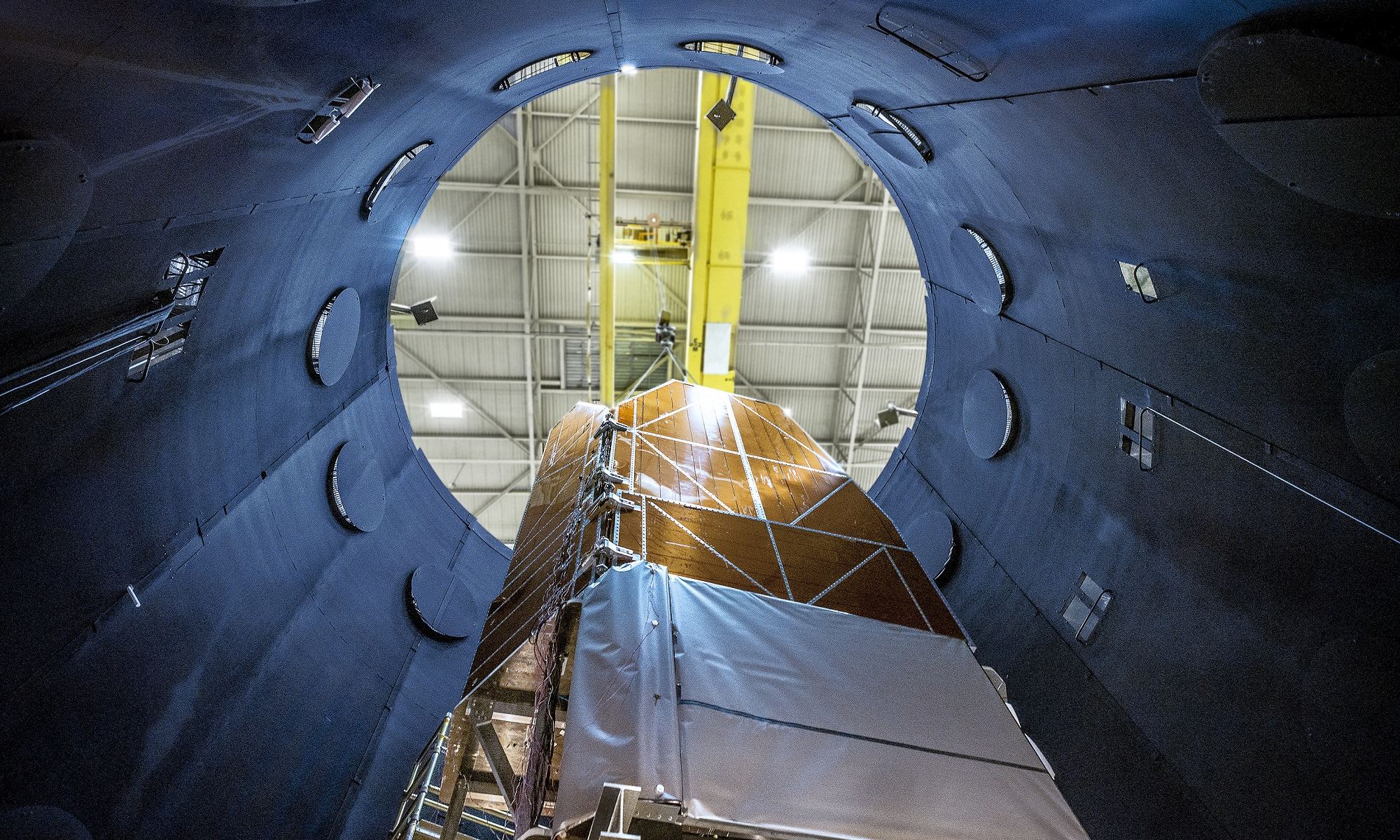
By 2027, the Nancy Grace Roman Space Telescope – or Roman Space Telescope (RST), for short – will take to space and build on the legacy of the venerable Hubble Space Telescope (HST). Combing a large primary mirror, a camera as sensitive as its predecessors, and next-generation surveying capabilities, Roman will have the power of “One-Hundred Hubbles.” It’s little wonder then why the telescope is named after Dr. Roman (1925 – 2018), NASA’s first Chief Astronomer and the “Mother of Hubble.”
As part of its journey towards realization, this next-generation space telescope recently passed a crucial milestone. This would be the all-important Mission Critical Design Review (CDR), signaling that all design and developmental engineering work is complete. With this milestone reached, the next-generation space telescope is now ready to move from the conceptual stage into the fabrication and assembly phase.
Continue reading “Nancy Grace Roman Just Passed a Critical Design Review”Astronomers Detect Clouds on an Exoplanet, and Even Measure Their Altitude
The search for planets beyond our Solar System has grown immensely during the past few decades. To date, 4,521 extrasolar planets have been confirmed in 3,353 systems, with an additional 7,761 candidates awaiting confirmation. With so many distant worlds available for study (and improved instruments and methods), the process of exoplanet studies has been slowly transitioning away from discovery towards characterization.
For example, a team of international scientists recently showed how combining data from multiple observatories allowed them to reveal the structure and composition of an exoplanet’s upper atmosphere. The exoplanet in question is WASP-127b, a “hot Saturn” that orbits a Sun-like star located about 525 light-years away. These findings preview how astronomers will characterize exoplanet atmospheres and determine if they are conducive to life as we know it.
Continue reading “Astronomers Detect Clouds on an Exoplanet, and Even Measure Their Altitude”Hubble Reveals the Final Stages of a Dying Star
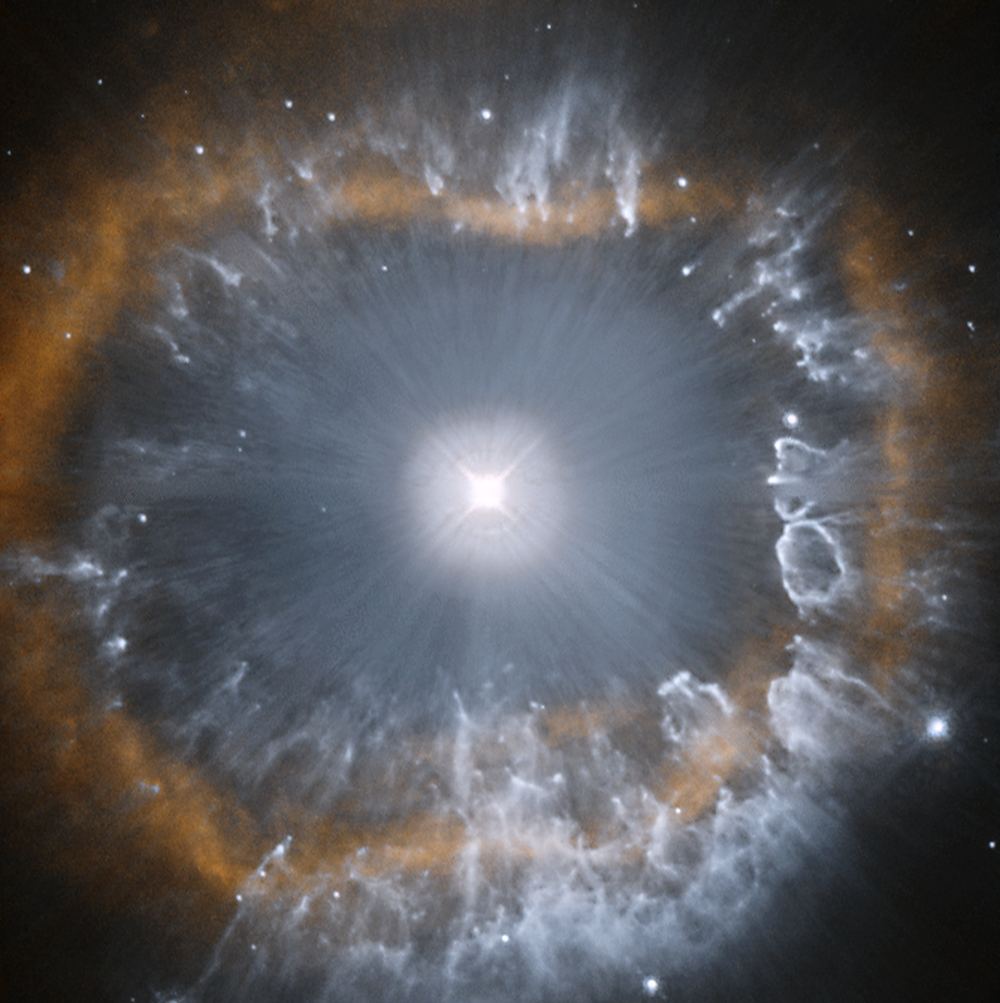
In April 2021 Hubble released its 31st-anniversary image. It’s a portrait of AG Carinae, one of the most luminous stars in the entire Milky Way. AG Carinae is in a reckless struggle with itself, periodically ejecting matter until it reaches stability sometime in the future.
Thanks to the Hubble, we get to watch the brilliant struggle.
Continue reading “Hubble Reveals the Final Stages of a Dying Star”
